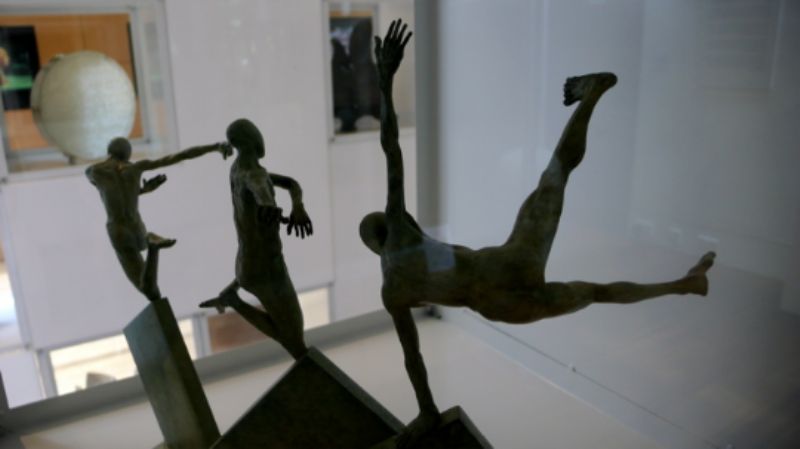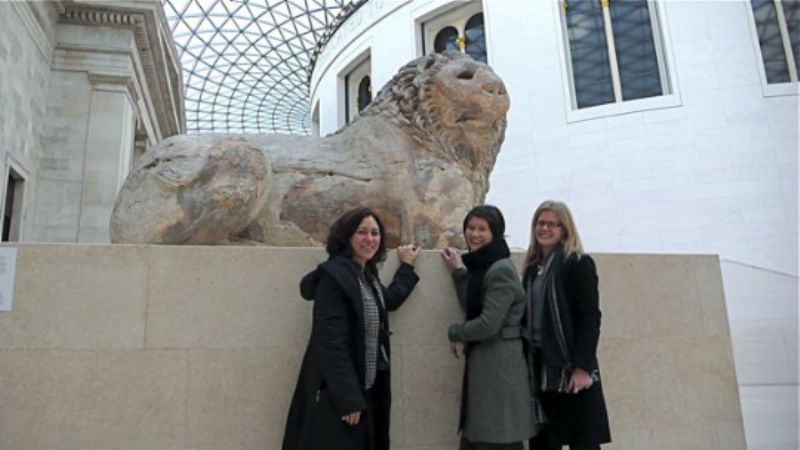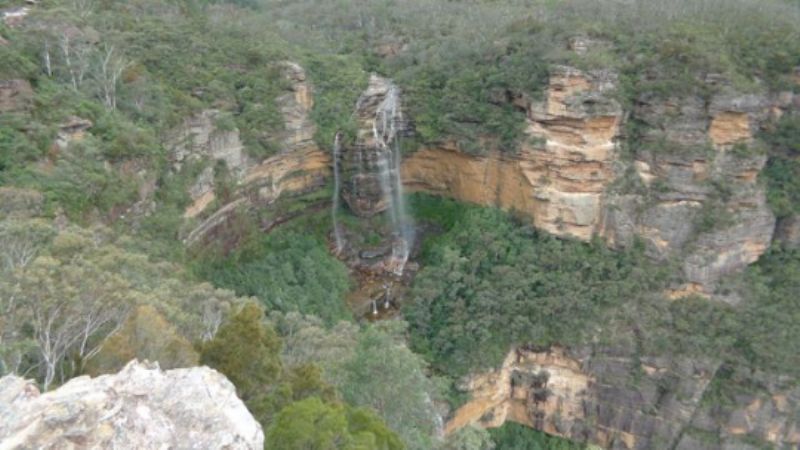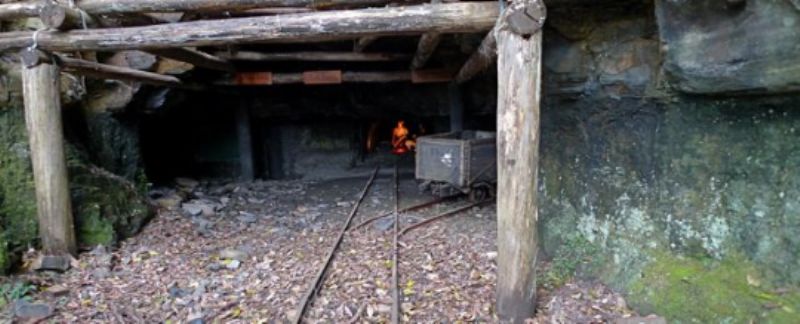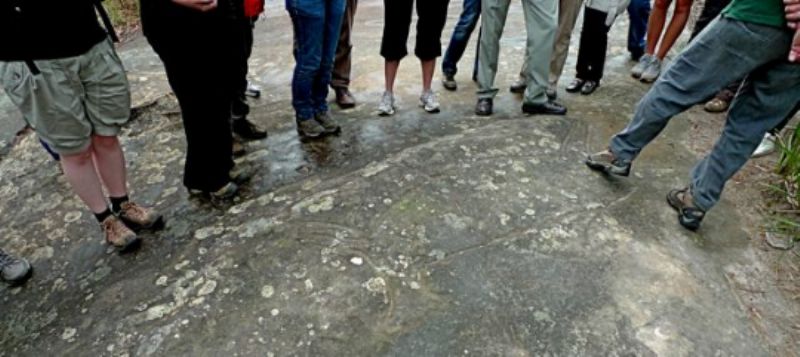Today, Elaine and I drove down to Goodwood to visit the Cass Foundation’s Goodwood Sculpture Park, somewhere we had meant to go for ages. As the photos show, the range of exhibits is quite remarkable – and the fitfully sunny weather lent a fleeting, evnaescent quality to some of the encounters. Hard to pick favourites, but mine would include Catamarans on a Granite Wave (which put me in mind of Sutton Hoo), DNA DL90, In the Beginning, Paparazzi, System No. 19, and the one I would hauled away if I could have done so unobserved, Wendy Taylor’s Sycamore.
 Spiralling supermarket trolleys: DNA DL90 by Abigail Fallis
Spiralling supermarket trolleys: DNA DL90 by Abigail Fallis 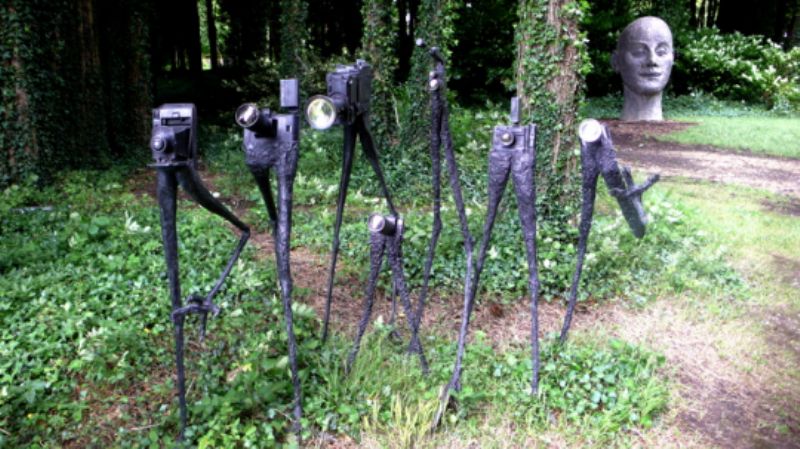 Paparazzi by Steven Gregory
Paparazzi by Steven Gregory 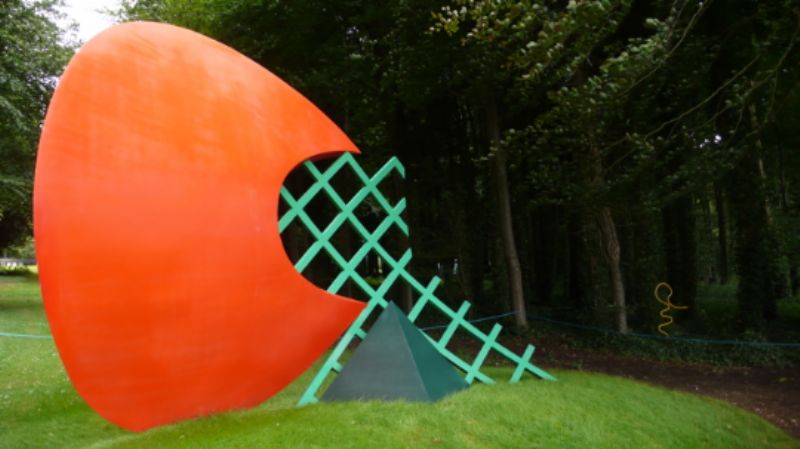 Sun’s Roots II by Phillip King
Sun’s Roots II by Phillip King 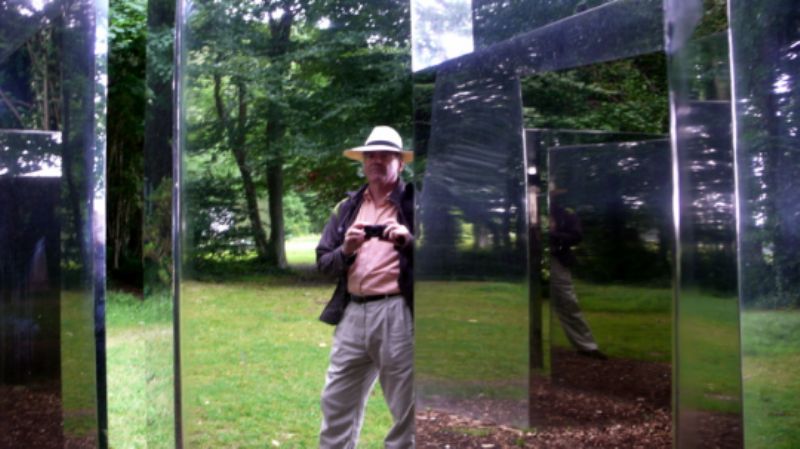 Mirror image
Mirror image 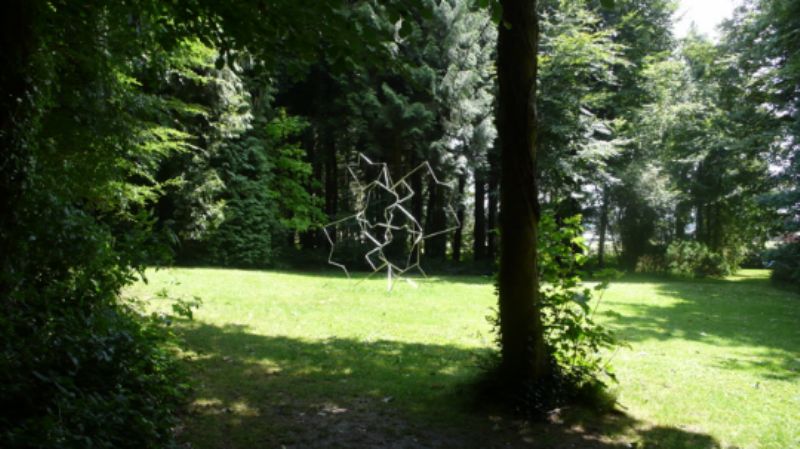 Mandala Eighty by David Annesley
Mandala Eighty by David Annesley 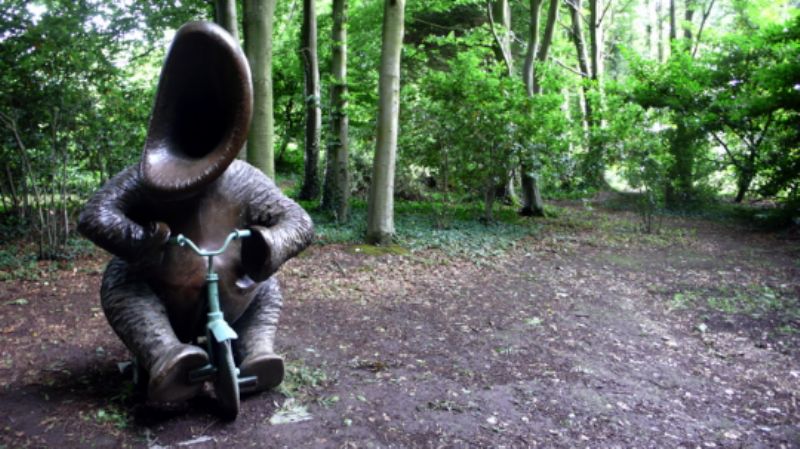 One of Us on a Tricycle by Steven Gregory
One of Us on a Tricycle by Steven Gregory 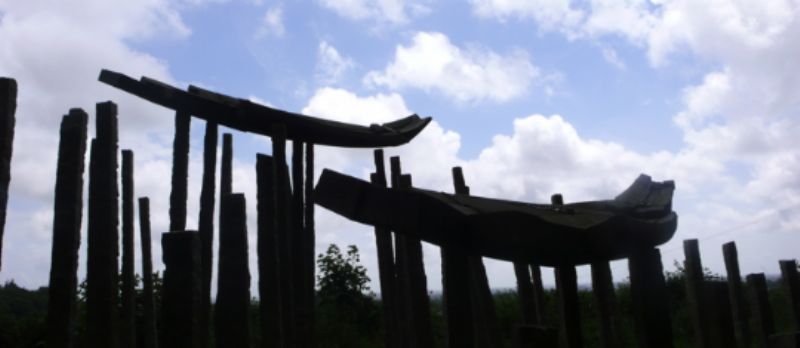 Catamarans on a Granite Wave by Stephen Cox
Catamarans on a Granite Wave by Stephen Cox 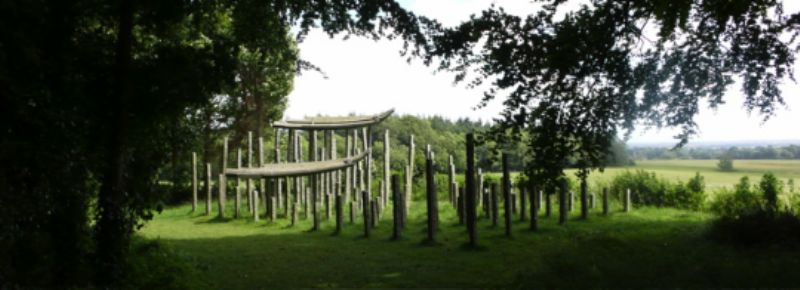 Catamarans in sunlight
Catamarans in sunlight 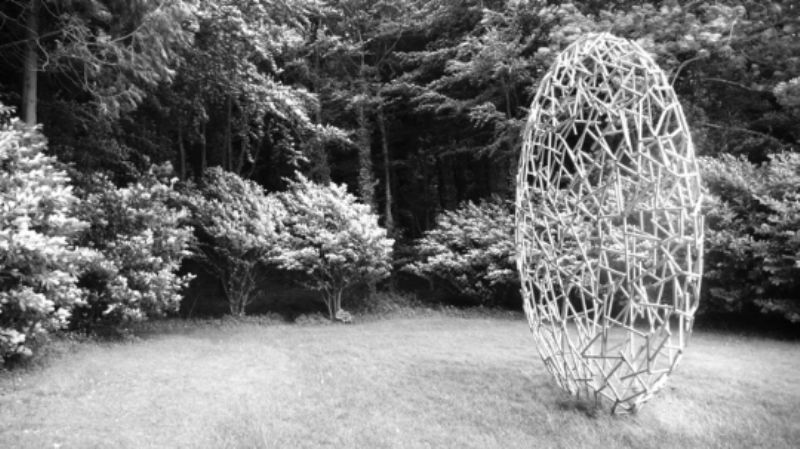 System No.19 by Julian Wild
System No.19 by Julian Wild 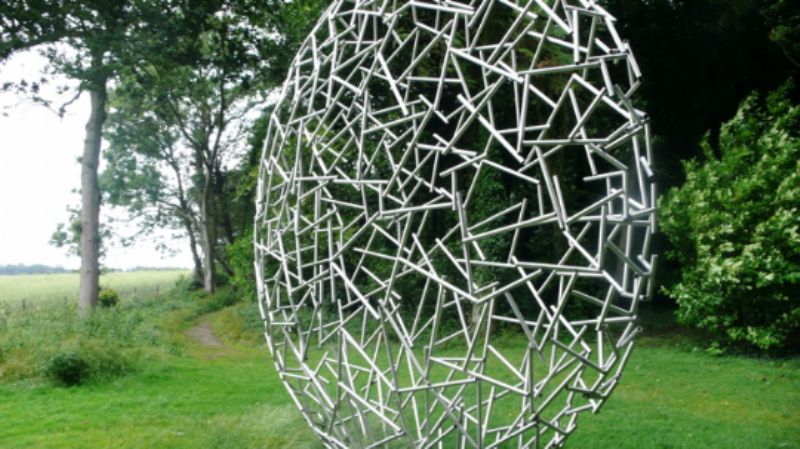 System No. 19, 2
System No. 19, 2 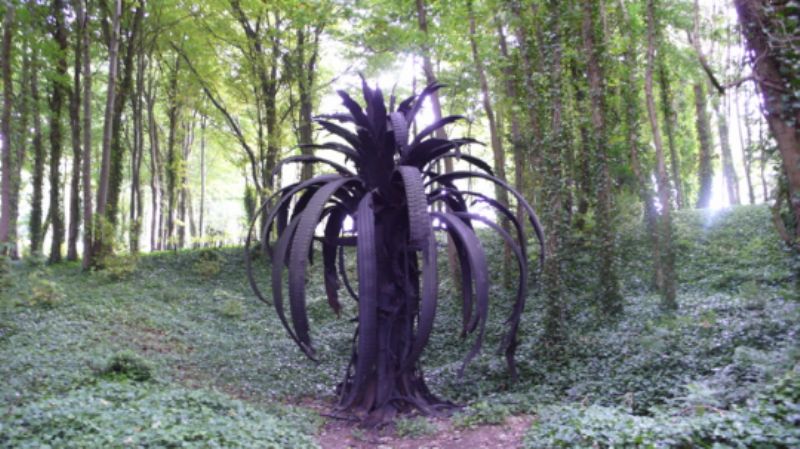 Icarus Palm by Douglas White
Icarus Palm by Douglas White 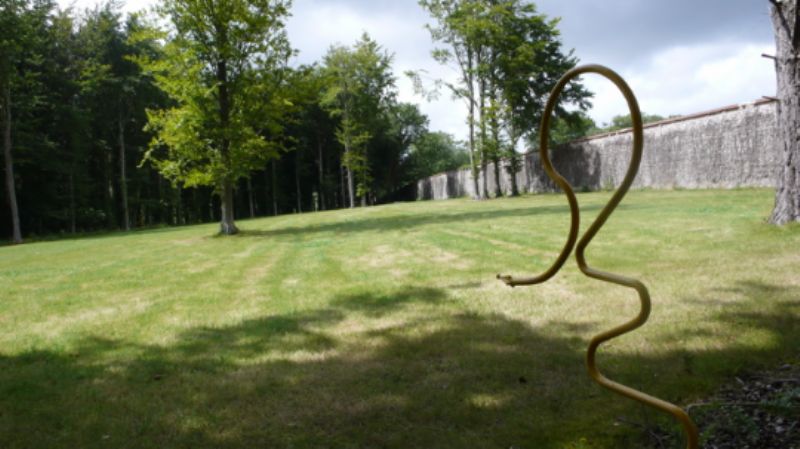 Sign points the way
Sign points the way 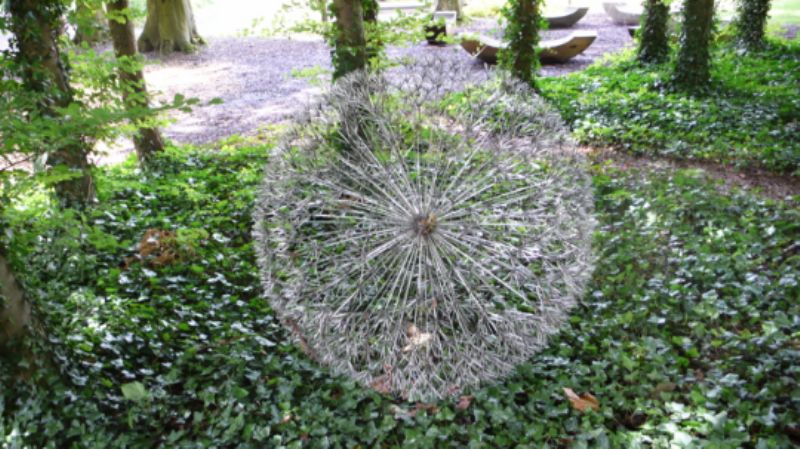 In the Beginning by Almuth Tebbenhoff
In the Beginning by Almuth Tebbenhoff 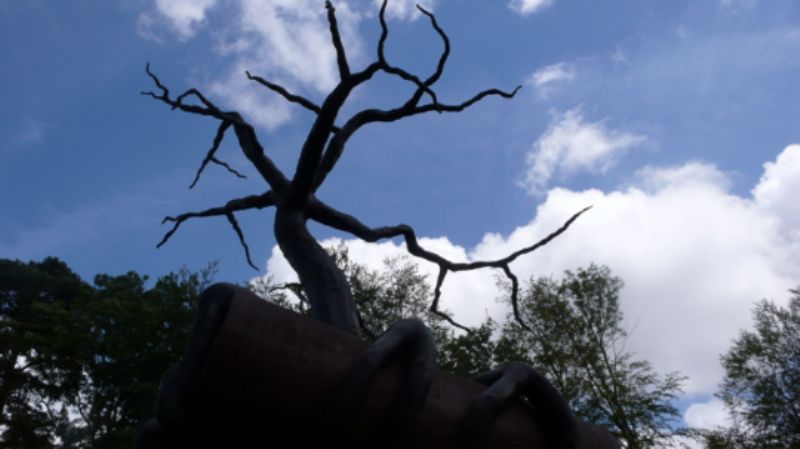 Tree atop Regardless of History by Bill Woodrow
Tree atop Regardless of History by Bill Woodrow  Sycamore by Wendy Taylor
Sycamore by Wendy Taylor 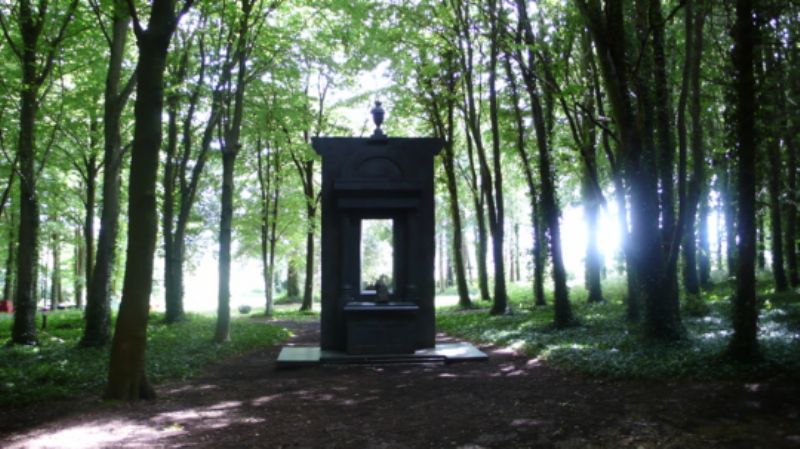 Stefano by Keir Smith
Stefano by Keir Smith 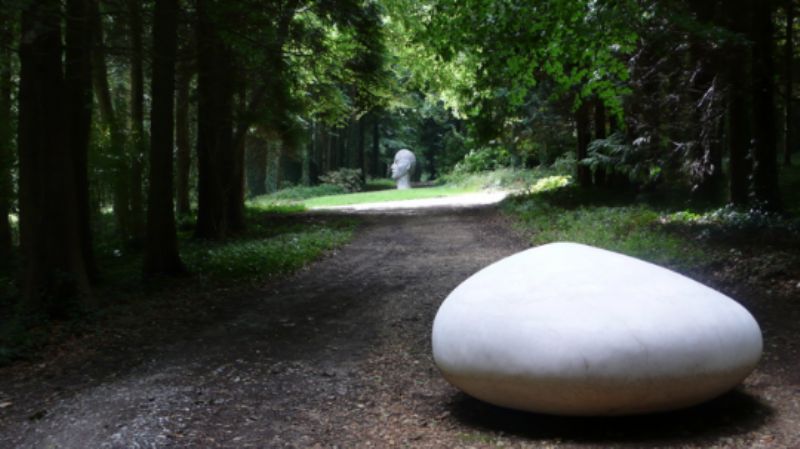 Yo Reina by David Worthington, with Head by John Davies in background
Yo Reina by David Worthington, with Head by John Davies in background 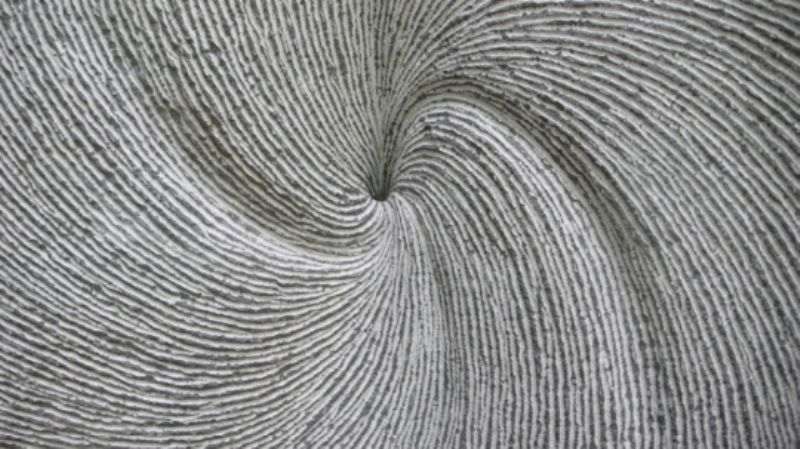 Section of Portal by Jonathan Loxley
Section of Portal by Jonathan Loxley

